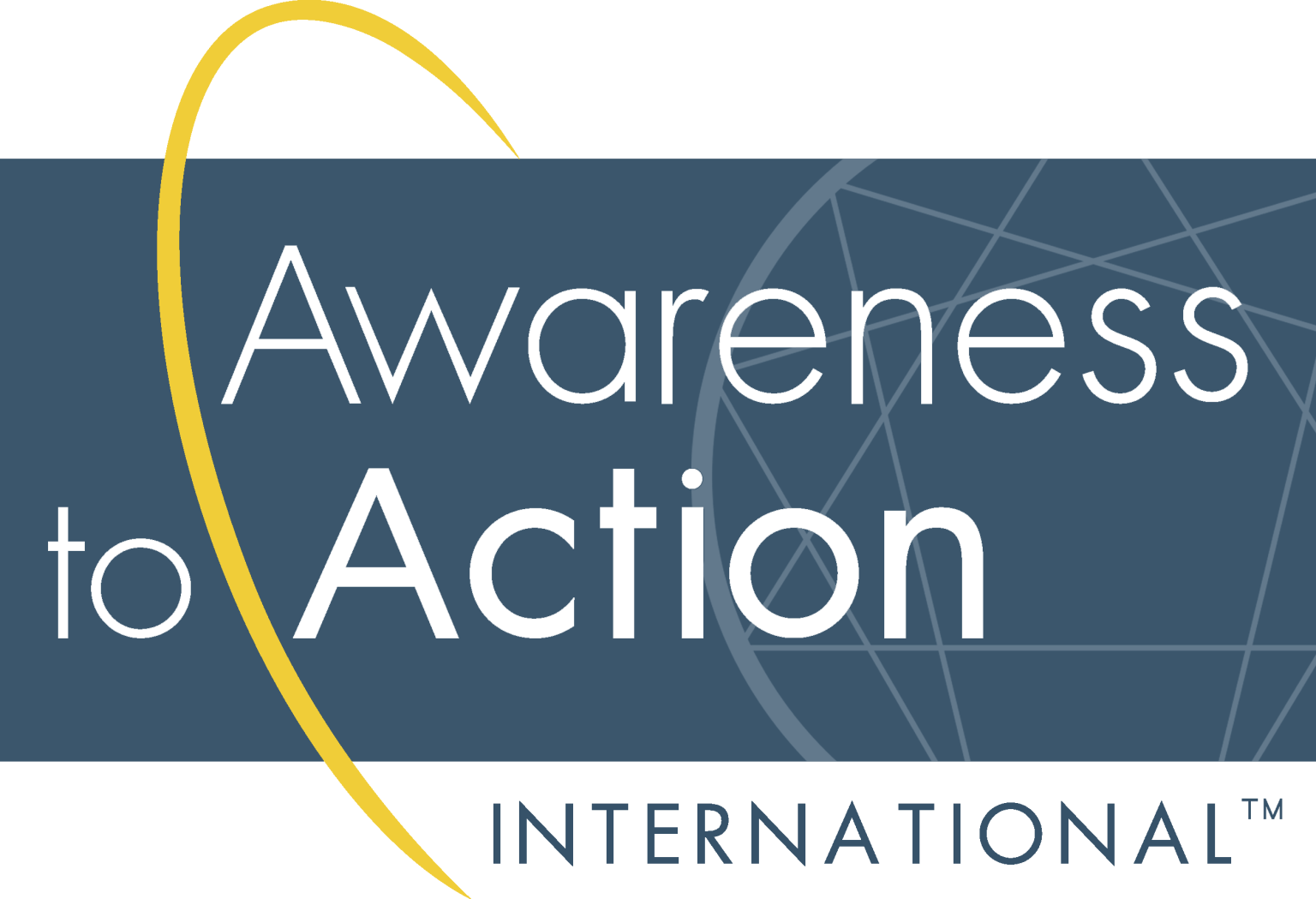A few days have passed since I stumbled, cranky and disoriented, off the red-eye from LAX to Philadelphia following the conclusion of the International Enneagram Association conference, and I’ve had a little time to reflect on the gathering. I’ve written a “letter from the president” that has already been distributed to the IEA membership and posted on Facebook; now I’d like to take off my president hat and share some thoughts as a participant and observer.
Essentially, I noticed three trends in Long Beach: collaboration and cross-pollination, diversity, and instincts.
1. Collaboration and cross-pollination. The first and most obvious trend was people extending themselves across what used to be theoretical divisions in the community and working together and sharing ideas. This was most obviously on display on the pre-conference day when Russ Hudson and David Daniels shared the stage, but it was also evident in the work of many presenters. Ideas that came from one school or another and used to be seen as specific to that approach are now woven together seamlessly (and generally with attribution). Further, there seemed to be much less competitiveness at the conference. People were truly interested in hearing what other people had to say and expressed willingness to put egos aside and learn from each other. As president, I get to check in on each session only long enough to get a feel for the general tone and tenor, to see who is going where and what the audience seems to be responding to. One of the things I noticed this year were the number of presenters who were attending other presenters’ sessions, whereas in the past it seemed that many presenters weren’t interested in hearing what others had to say. It’s a nice change to see.
2. Diversity. This may seem to contradict the previous paragraph, but a second trend I noticed was diversity of thought, application, and culture. Cultural diversity as a theme began with the IEA board meeting prior to the conference. Only five of the 11 board members are from the US, and one of those has lived in Europe for years. The General Assembly of Affiliates represented 21 non-US affiliates and seven US chapters. Attendees to the conference arrived from six continents. Walking through the conference area during breaks brought to mind the Tower of Babel as different languages filled the air. But unlike the divinely constructed cacophony of the old testament, this group was also able to find enough of a common language to communicate effectively. It was music to my ears.
While there was more cross-pollination of ideas, there also seemed to be more and more original thought on display during the conference. One of the beauties of the Enneagram is its plasticity–it is a robust model and can accommodate many different perspectives and theories. Some of these new theories were intriguing, and it will be interesting to see which stand the rigorous tests of time, real-world application, and accrued evidence. Nonetheless, new ideas and applications are a sign of enthusiasm and creativity, two qualities always in short supply in the world, so it was nice to see them in Long Beach.
3. Instincts! The instincts and subtypes seemed to be the hot topic this year. I’ll have to admit that I was shocked to see over 90 people in my session titled “Working with the Instincts” on Friday morning (nearly a third of the attendees to the conference). Again, I only got to attend a few minutes of their sessions, but Bea Chestnut and Russ Hudson also had large and enthusiastic audiences. Throughout the conference I was approached by people who had attended all three sessions and grilled me on areas where Russ, Bea, and I take a slightly different approach. Most of the comments were about how our work complemented each other, but a few people seemed a little confused. More than one said, “When I listen to Russ (in some cases, Bea in others), I think I’m this subtype; when I listen to you I think I’m that subtype.” Even so, the vast majority of comments I heard was that each perspective added a different flavor and dimension to a topic in which people are incredibly interested.
All in all, the energy and enthusiasm of the IEA conference left me optimistic about the Enneagram community. The new faces at the conference, alive with the hunger to learn and grow, made me confident that the use of the Enneagram will continue to grow in all sorts of ways. Diversity of approach is a good thing, as long as those approaches are rigorous and grounded in solid theory and evidence. It also helps to remember that people are complex, and no single perspective captures every facet of the diamond. When we remember we are viewing the same thing from different angles and through different lenses, we realize that another view often broadens ours, and that different views need not negate each other.






